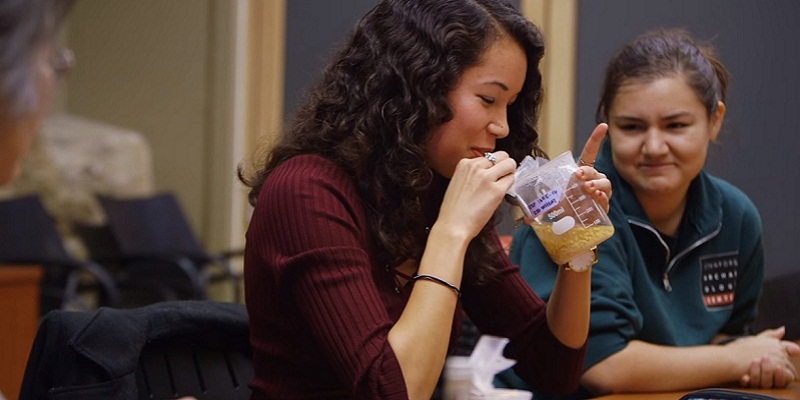Stanford Students Get Woozy on a 5,000-Year-Old Chinese Beer Recipe
You may remember that we reported on a news story last spring in which a group of archaeologists discovered a 5,000-year-old beer recipe thanks to studying residue found on the inside of pottery vessels found in Shaanxi province. The research and subsequent findings were then published in Proceedings of the National Academy of Sciences. Following that insight into old brewing methods, one Stanford archaeologist, Li Liu, along with her students, decided to try and imitate this ancient beer recipe and give the resulting concoction a swig.
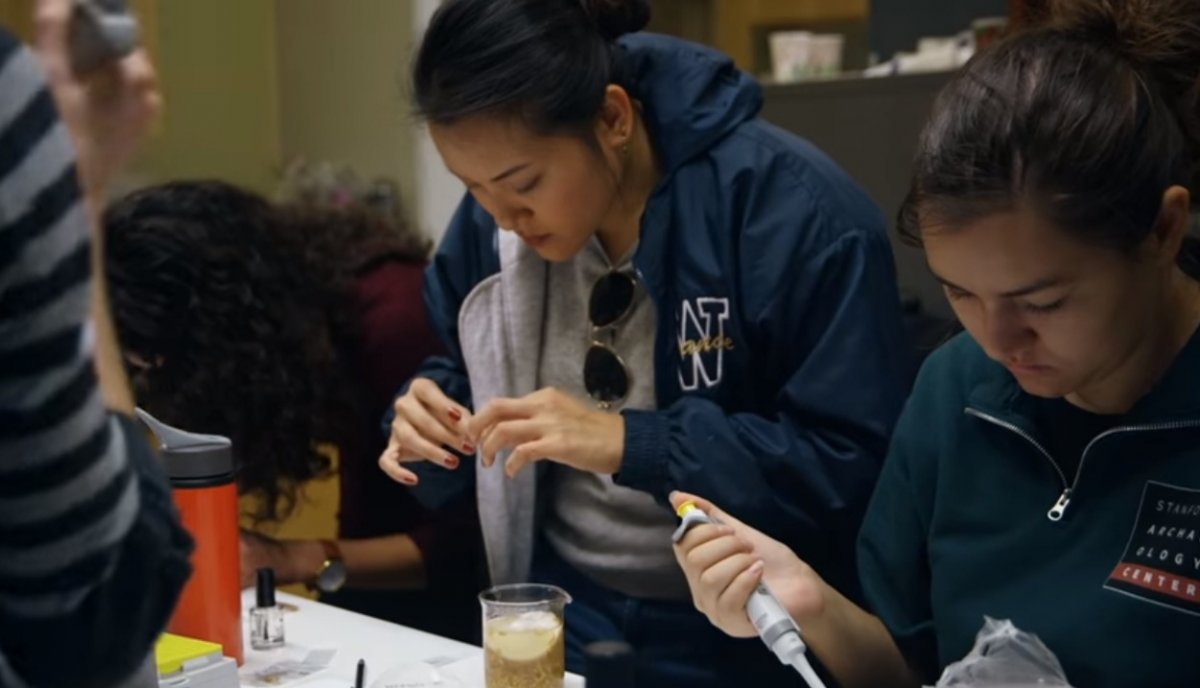
The research revealed last spring “uncovered beer-making equipment dating from between 3400 and 2900BC, and [was] ... the first direct evidence of in-situ beer making in China.” According to Stanford News, the “ancient Chinese made beer mainly with cereal grains, including millet and barley, as well as with Job’s tears, a type of grass in Asia. Traces of yam and lily root parts also appeared in the concoction."
The article goes on to quote Liu who says, "The ancient Chinese beer looked more like porridge and likely tasted sweeter and fruitier than the clear, bitter beers of today. The ingredients used for fermentation were not filtered out, and straws were commonly used for drinking.”
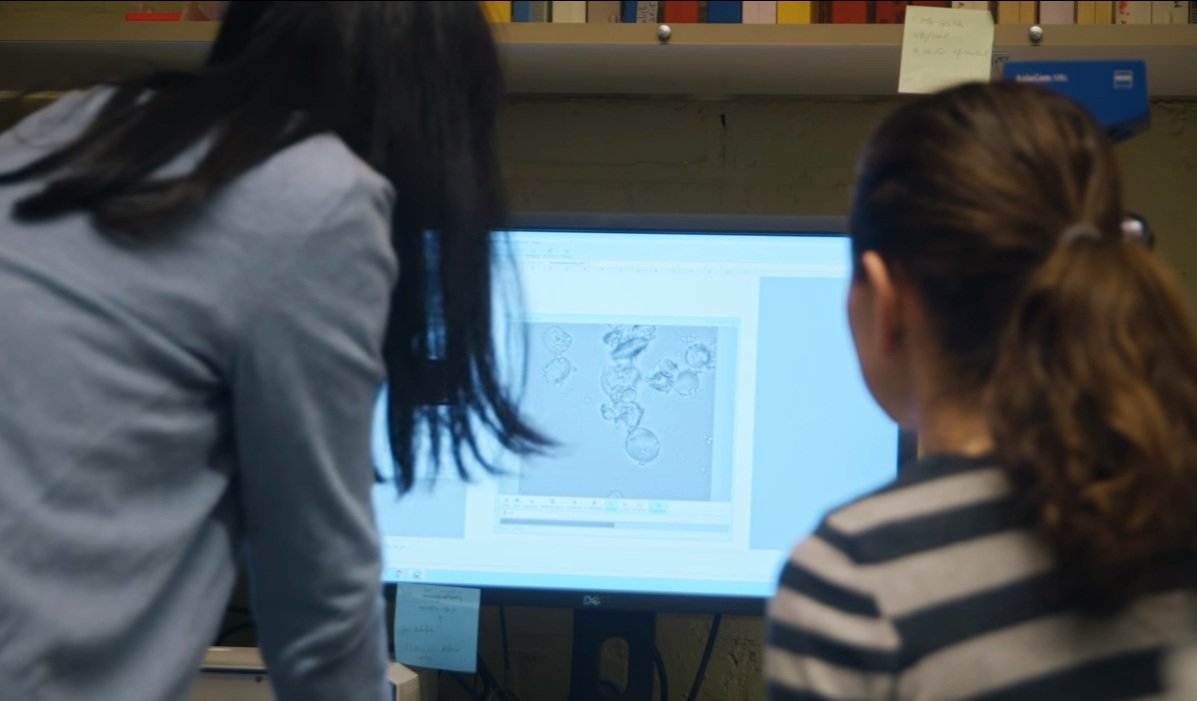
The students tried to recreate the ancient Chinese beer recipe at the conclusion of Liu’s class, "Archaeology of Food: Production, Consumption and Ritual." Using wheat, millet or barley seeds, they first “covered their grain with water and let it sprout, in a process called malting. After the grain sprouted, the students crushed the seeds and put them in water again. The container with the mixture was then placed in the oven and heated to 65 degrees Celsius (149F) for an hour, in a process called mashing. Afterward, the students sealed the container with plastic and let it stand at room temperature for about a week to ferment.”
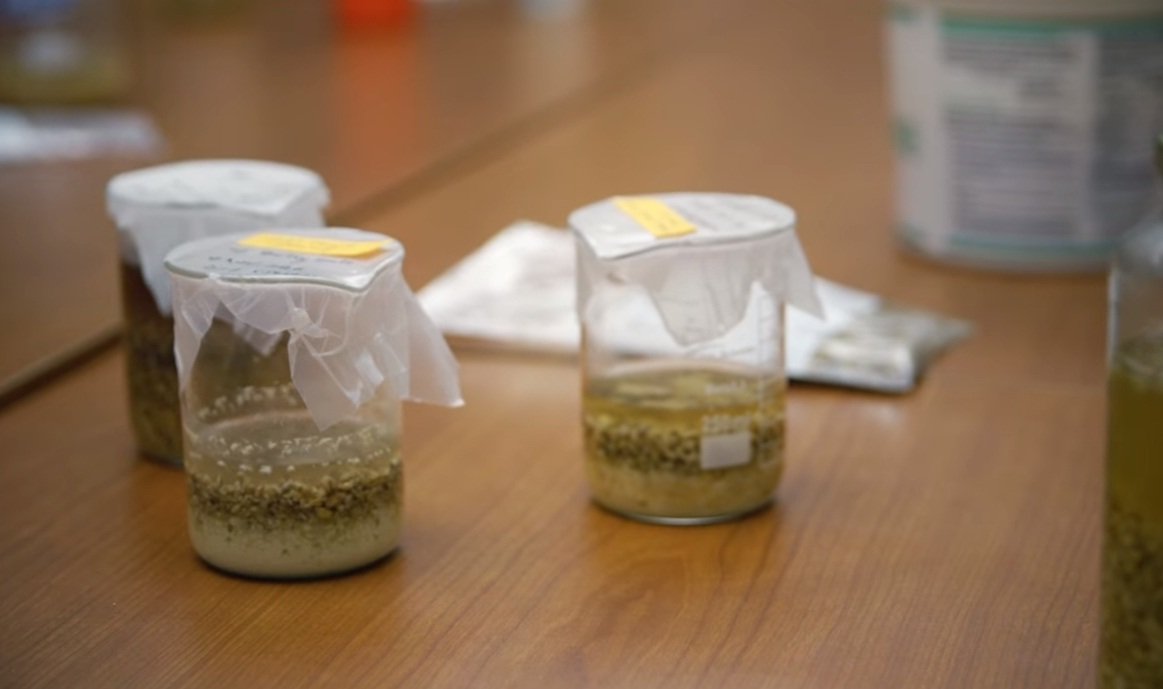
Liu said: “Archaeology is not just about reading books and analyzing artifacts. Trying to imitate ancient behavior and make things with the ancient method helps students really put themselves into the past and understand why people did what they did.”
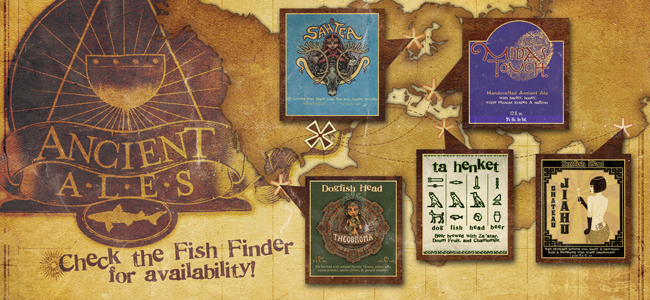
This is not the first project that has been undertaken to recreate ancient alcoholic beverages; Great Lakes Brewing and University of Chicago teamed up in 2003 to brew a different 5,000-year-old beer recipe, while Delaware state's Dogfish Head has cooperated with Patrick McGovern, a biomolecular archaeologist at Philadephia's University of Pennsylvania Museum, since 1999 to brew a series of ancient ales, including their Midas Touch, Chateau Jiahu (using ingredients listed from a 9,000-year-old tomb in China), Theobroma, Ta Henket, Birra Etrusca Bronze, Kvasir, African tej, and Sah'tea (based off of a ninth century Finnish recipe).
As delicious as bitty, old beer sounds, I think I'll leave the tasting of it to the experts.
More stories by this author here.
Email: tracywang@thebeijinger.com
Twitter: @flyingfigure
Instagram: @flyingfigure
Photos: Stanford News, Dogfish Head
Related stories :
Comments
New comments are displayed first.Comments
![]() Starlighter
Submitted by Guest on Sun, 02/12/2017 - 10:21 Permalink
Starlighter
Submitted by Guest on Sun, 02/12/2017 - 10:21 Permalink
Re: Stanford Students Get Woozy on a 5,000-Year-Old Chinese...
Hang on, what did it taste like?? What were the students' reactions?
Validate your mobile phone number to post comments.

